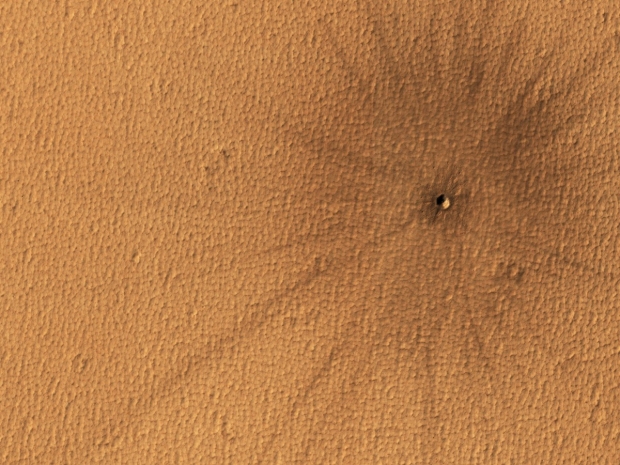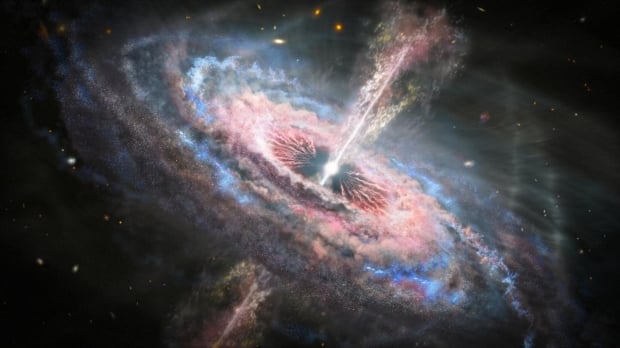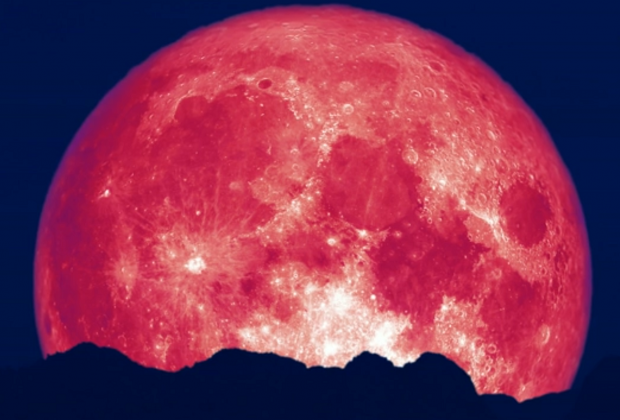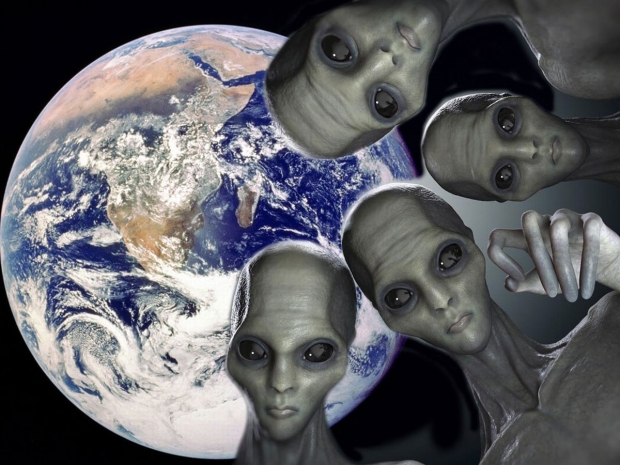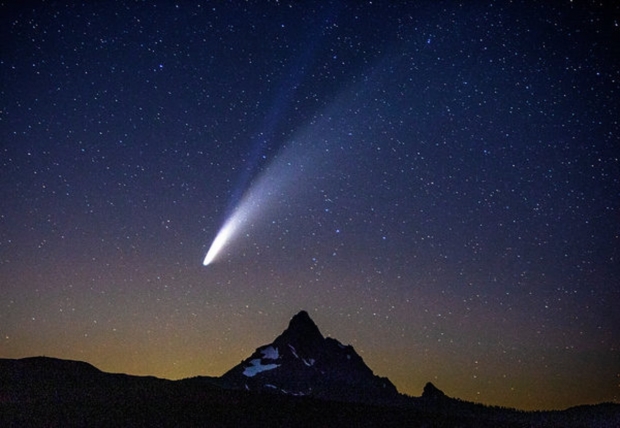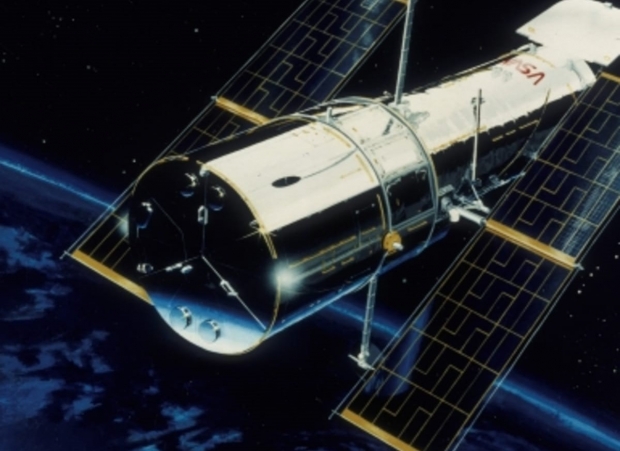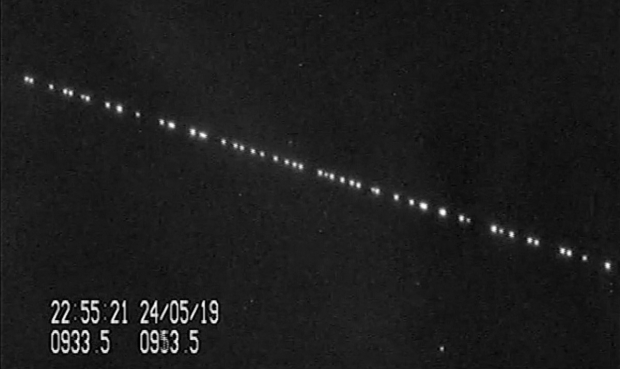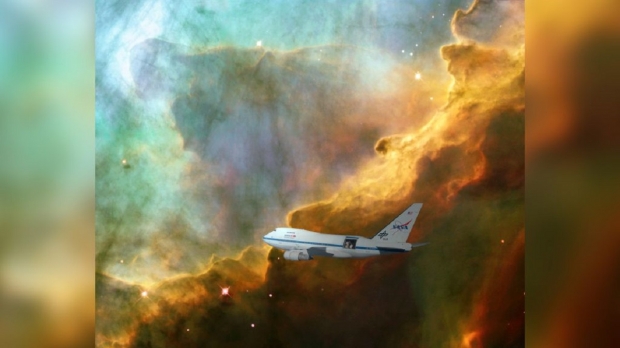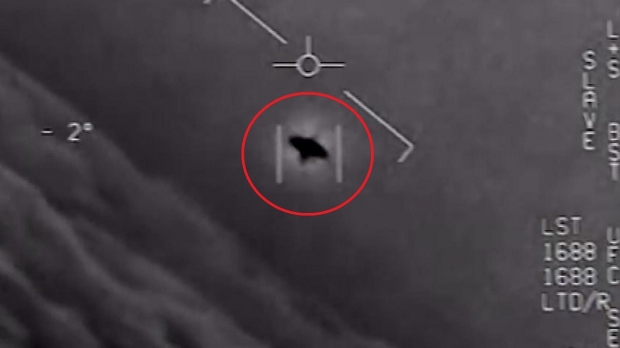Science, Space, Health & Robotics News - Page 309
Martian colonists will fear these very deadly issues from above
The first humans that land on Mars to begin colonizing the red planet will be faced with several life-threatening issues.
The main issues for colonizers are that planets lack of atmosphere, extreme weather, extreme temperatures, radiation, and humans would be experiencing a different amount of gravity than their bodies are used to. Another problem that isn't readily discussed is the issue with space debris colliding with Mars. Due to Mars having less than 1% of Earth's atmosphere, space debris such as meteors don't tend to break up when they are entering Mars' atmosphere.
In fact, most space debris make it to the surface, causing impact craters, which is something that usually doesn't happen on Earth. A 2013 study estimated that Mars sees as many as 200 small asteroids reach its surface, causing impact craters of at least 12.8 feet in diameter. If humans began colonizing Mars with settlements, you can understand the catastrophe that would fall upon the settlement if even one of these meteors struck it.
Continue reading: Martian colonists will fear these very deadly issues from above (full post)
Hubble's successor to unlock big secrets about our early universe
The Hubble Space Telescope has been in operation for more than 30 years, and it still continues to shock onlookers of what it can produce. But, what will Hubble's successor be able to do?
The James Webb Space Telescope (JWST) has been dubbed as Hubble's successor, and its launch has been highly anticipated for quite some time. Unfortunately, many delays occurred due to construction setbacks as well as COVID-19. However, when JWST is finally launched, it will give astronomers the opportunity to view the universe in its baby stages, just less than 800 million years old.
The JWST will literally be able to look back in time, and astronomers are planning on its extremely sensitive low-light instruments to peer at distant quasars. A good way to understand this is the light that Webb is absorbing has taken billions of years to reach it, allowing for astronomers to see things how they were billions of years ago and not how they are today. Astronomers' ability to see back to the early stages of the universe paves the way for a deeper understanding of how galaxies evolve, supermassive black hole formations, and evolution in general.
Continue reading: Hubble's successor to unlock big secrets about our early universe (full post)
Strawberry Moon is the last supermoon of 2021, don't miss it this week
If you happened to miss the Blood Supermoon that recently occurred, now if you chance to catch the last supermoon of 2021, the Strawberry Moon.
According to Farmer's Almanac, the Strawberry Moon will be visible this coming Thursday, June 24, until June 26. What is a super moon? The definition of super moon is given to the moon when its orbit brings it closest to Earth. Due to the orbit of the moon, this only happens a few times a year, and as explained by Almanac, a full moon that is less than 224,000 miles away from Earth is considered a super moon.
The coming Strawberry Moon will be located just outside the cut-off line, being 224,662 miles away from Earth. However, due to this month's supermoon only being a few thousand miles further back than April and May's supermoons, onlookers at the cosmic spectacle shouldn't see any noticeable difference. Additionally, the name "Strawberry Moon" wasn't derived from the hue that it can produce, but instead, it comes from Algonquin, Ojibwe, Dakota, and Lakota Native American tribes as it marks the ripening of June strawberries.
Continue reading: Strawberry Moon is the last supermoon of 2021, don't miss it this week (full post)
Aliens from close to 2,000 world's could be watching us right now
Humans have only just begun our search for alien life out in the cosmos, but have we considered that alien life is already spying on us, and we don't even know it?
A recent study published by a team of astronomers explores this question as they have identified 1,715 stars within 300 light-years of Earth that could view Earth if they had the technology. These nearly 2,000 stars could have been watching Earth for the last 5,000 years. A form of planetary detection is the transit method, and it involves an astronomer viewing and recording the reduction of light from a host star. When an astronomer notices a reduction in the star's brightness, they know an exoplanet is passing by.
While this method of planetary detection is effective and efficient, astronomers can only view exoplanets on Earth's orbital plane, or more simply, within our line of sight. This means that astronomers aren't able to see the exoplanets that aren't "edge-on" to us. Additionally, aliens that are using this same method could also be viewing us and performing the same mathematical estimations of our planet.
Continue reading: Aliens from close to 2,000 world's could be watching us right now (full post)
'Mega comet' close to dwarf planet size is entering our solar system
There is a very large object that is moving outside of our solar system, but it will soon enter Saturn's orbit, according to astronomers.
The very large object is a comet named 2014 UN271, and back in 2013, it was first officially discovered by the Dark Energy Survey, which is a collaborative project that has a goal of mapping galaxies and unlocking more knowledge into dark energy. The discovery by DES was just announced on June 13, and now astronomers are speculating that the rock could be as big as a small dwarf planet with an estimated diameter of anywhere around 80 to 229 miles.
Jonathan McDowell, an astronomer at the Harvard-Smithsonian Center for Astrophysics, questioned the assumption that 2014 UN271 is as big as a dwarf planet, saying, "Seems like maybe a tad too small to qualify as dwarf planet? Very cool nevertheless." Foxnews reports that the comet will enter our solar system within the next decade, coming close to Saturn's orbit. For more information on this story, check out this link here.
Continue reading: 'Mega comet' close to dwarf planet size is entering our solar system (full post)
NASA drop update on Hubble being knocked offline from confusing glitch
For some weeks now, NASA has been struggling to get its Hubble Space Telescope back online and operating at its full capabilities.
The problem arose on June 13 as the space telescopes payload computer, and since then, NASA has been performing tests to identify the piece of hardware causing the root problem. The initial hypothesis of the issue pointed towards Hubble's several memory modules, but according to an update from NASA, tests indicated that it wasn't Hubble's memory modules but a different piece of computer hardware.
NASA says on its website that the memory module errors were only a symptom of the root problem and that a team if currently designing tests to investigate the computer's Central Processing Module (CPM) and other components. "If the problem with the payload computer can't be fixed, the operations team will be prepared to switch to the STINT and CPM hardware onboard the backup payload computer." states NASA.
Continue reading: NASA drop update on Hubble being knocked offline from confusing glitch (full post)
Elon Musk's Starlink will be fully operational and global very soon
If you were planning on getting Starlink and using it, that possibility will soon become available to you as SpaceX has announced global operations will begin this year.
According to a statement from Starlink's President, Gwynne Shotwell, full operation capabilities will begin in September on a global scale, or at least this is the goal. Shotwell also said that SpaceX has been able to successfully deploy 1,800 Starlink satellites to their operation orbit around Earth. However, as Shotwell explains, there is a lot of regulatory work to do as the company needs regulatory approval from each individual country.
At the moment, Starlink has been approved and is providing internet service to users in eleven countries. Elon Musk also announced that SpaceX had received more than 500,000 preorders for Starlink internet access. SpaceX plans on launching 12,000 Starlink satellites for around $10 billion and also says that it will be able to keep up with the big demand for the service. For more information on this story, check out this link here.
Continue reading: Elon Musk's Starlink will be fully operational and global very soon (full post)
Earth's major geological event 'pulse' is 27.5 million years
A new study has revealed that most major geological events that happen on Earth happened every 27.5 million years.
Researchers have penned a new study in Geoscience Frontiers, and according to an analysis on 89 major geological events that have happened in the past 260 million years, most major geological events occur in intervals of 27.5 million years. So, what is a major geological event? The researchers took into account events such as extinctions, ocean anoxic events, rising sea levels, large volcanic activity, and Earth's tectonic plates shifting.
Lead author Michael Rampino, a professor in the departments of biology and environmental studies at New York University, said that the estimates aren't "exact", but it's a "pretty good estimate" that's "unlikely to be a coincidence". So, why every 27.5 million years does Earth have this geological "pulse"? The authors state in the study that the geological pulse may have something to do with the tectonic plates shifting and movement inside the mantle. The researchers also state that it could have something to do with the movement of Earth within our solar system/galaxy.
Continue reading: Earth's major geological event 'pulse' is 27.5 million years (full post)
Scientists show never-before-seen cosmic 'baby bubble' in dramatic pic
The birthplace of stars are still somewhat of a mystery to astronomers, and as humans continue to expand our knowledge of the universe, we begin to understand more about how stars develop over long stretches of time.
Stars form in specific regions, and one of those regions is Westerlund 2, which is located around 20,000 light-years away from Earth. This star-factory region of space hasn't been observed in high resolution until now, and from the above image, we can see that the star cluster is surrounded by a bubble of gas. It was previously hypothesized that Westerlund 2 was surrounded by two bubbles of gas, but now astronomers understand that its just one.
The study's lead author Maitraiyee Tiwari, a postdoctoral associate in astronomy at the University of Maryland, said, "When massive stars form, they blow off much stronger ejections of protons, electrons, and atoms of heavy metal, compared to our sun. These ejections are called stellar winds, and extreme stellar winds are capable of blowing and shaping bubbles in the surrounding clouds of cold, dense gas. We observed just such a bubble centered around the brightest cluster of stars in this region of the galaxy, and we were able to measure its radius, mass, and the speed at which it is expanding."
Continue reading: Scientists show never-before-seen cosmic 'baby bubble' in dramatic pic (full post)
Brand new UFO footage shot from US Navy ship will be released soon
Alien skeptics and believers of the recently viral UFO footage are all patiently awaiting the coming report from US intelligence agencies on UFO or UAP sightings.
Ahead of the report, the broadcasting network Fox has announced that it's currently investigating UFOs in its coming one-hour special from TMZ. The network says that it will be called TMZ Investigates: UFOs: The Pentagon Proof, and as reported by Deadline, "will analyze the US government's official response to the phenomenon, which is expected later this month."
Additionally, Deadline reports that Fox has said that the one-hour special will contain entirely new footage of UFOs and that this footage was shot from the deck of a US Navy ship. The footage will be aired when the special is released. On top of that, the special will also contain interviews with senators, military pilots, scientists, former Pentagon officials, and much more. TMZ Investigates: UFOs: The Pentagon Proof will air on Tuesday, June 29.
Continue reading: Brand new UFO footage shot from US Navy ship will be released soon (full post)


